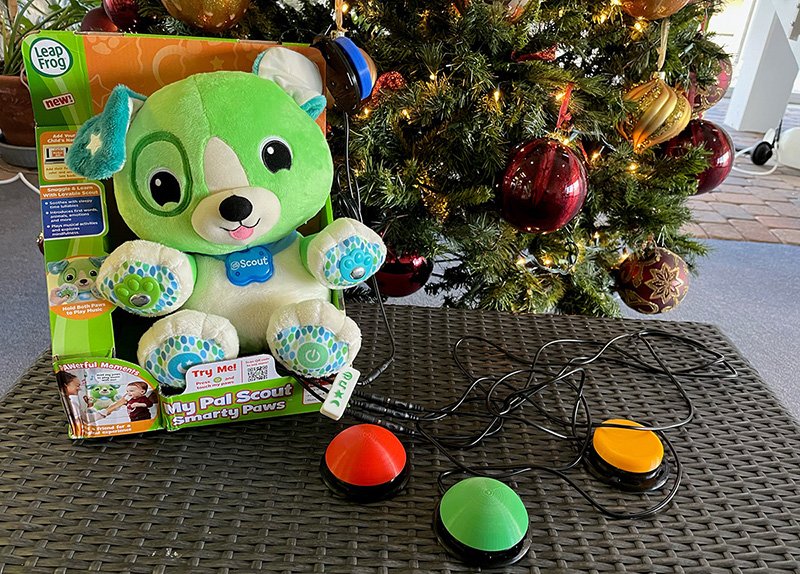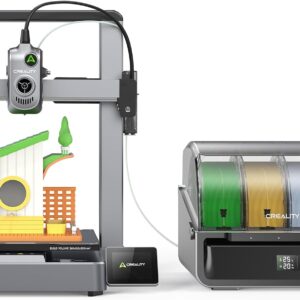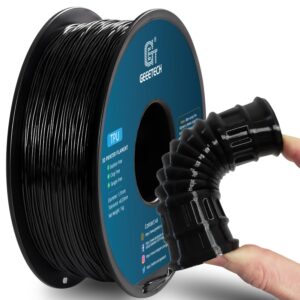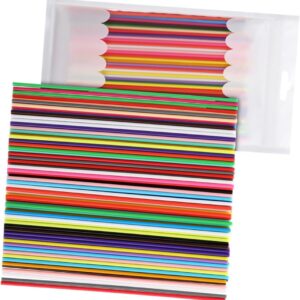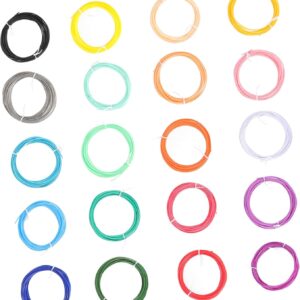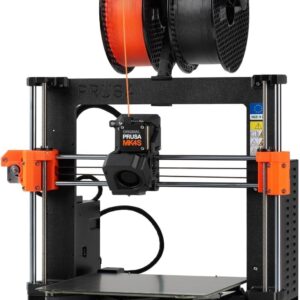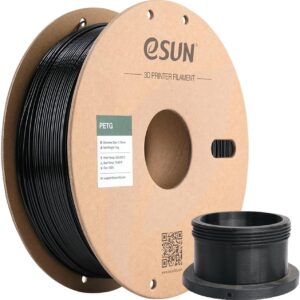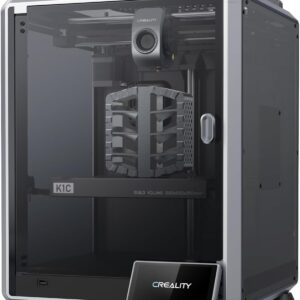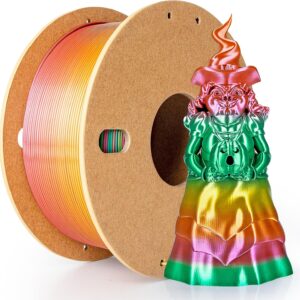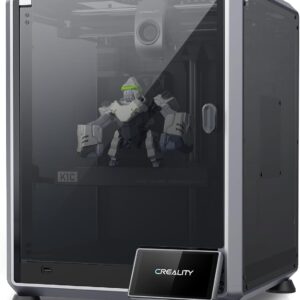A commercial toy adapted by Jonathan Reynolds. Photo courtesy of LANL

Jonathan Reynolds. Photo courtesy of LANL
LANL NEWS RELEASE
For the second year in a row, Jonathan Reynolds, a postdoctoral researcher at Los Alamos National Laboratory, is doing his part in the Holiday Toy Drive by creating adaptive toys to ensure that children and teens with disabilities can enjoy a toy they might not otherwise would have game.
By making toys, Reynolds is participating in the lab’s Holiday Toy Drive – part of this year’s Holiday Giving campaign currently underway. Last year, the campaign raised $2.7 million to help communities in northern New Mexico, including approximately $24,000 and more than 200 toys for the toy drive.
“I started developing adaptive toys a year ago. “Shortly before that, I bought a 3D printer and started making adaptive switches and accessibility tools to help people through the non-profit website Makers Making Change,” he said.
Playing with toys is of course fun, but it is also an important part of child development. Often people with disabilities cannot use commercial toys as they were originally designed. For example, they might find it difficult to press a small button to activate an electronic toy.
“I make toys and adaptive devices because I love helping people,” Reynolds said. “Developing and donating adaptive toys is a way for creatives to support children and families with disabilities and also provide some financial relief, regardless of the amount. I can make a 3D printed version for less than $5, depending on where I get the audio plugs.”
Adaptive toys can be purchased through various outlets, but are often significantly more expensive and have fewer options available.
How adaptive toys are made
Most toys can be customized depending on your comfort level and ability with electronics. Once an appropriate toy has been selected, the next step is to purchase or create an adaptive switch and then open the toy to find where the switch needs to be.
Customizing simple on/off switches can be straightforward by cutting the wires and adding them to a new switch that is easier to use. Toys with more interactions can have more complex circuits, so Reynolds recommends identifying toys that match your abilities.
Other challenges can include dealing with poor quality wiring and choosing the right wire size to maintain the toy’s functionality.
However, giving makes sense
Reynolds uses his skills to customize toys and make equipment for Makers Making Change and its local chapter Nexus Abilities, but he recognizes that not everyone can help in the same way.
“As we begin this giving season, we should think about how all children with different abilities can benefit from toy drives,” he said. “If that means buying toys, then please do. If it’s about donating to a charity that works in this area, please do so. If that means customizing toys, especially if you have the skills and access to a 3D printer, please do that.”
Looking for a helpful resource for interested beginners who need tips on toy customization? Check out this open source document for help.
Like this:
Is loading…
